High1 Wellness (하이원 리조트)
2025-03-18
424, High1-gil, Jeongseon-gun, Gangwon-do
+82-1588-7789
Meaning “first and foremost,” High1 Wellness is a comprehensive recreational resort in Gohan-eup, Jeongseon-gun, Gangwon-do. It is also a culture, tourism and leisure resort that consists of High1 Resort, Grand Hotel (Convention Tower), Kangwon Land Casino, Grand Hotel (Main Tower), High1 Ski, High1 C.C., Palace Hotel, Valley Condominium, Mountain Condominium, etc. The ski resort offers a 4.2 kilometer-long slope for beginners that runs from the summit of Jijangsan Mountain (1,345 meters above sea level), located at the base of Baegunsan Mountain. A total of 18 slopes, three gondolas, and seven lifts closely interconnect the ski resort like a web. The two hotels and three condominiums have a total of 1,577 guest rooms. Furthermore, the resort's various convenient facilities are beloved by both local and foreign tourists, such as an 18-hole golf course and Unamjeong, a traditional Korean restaurant. High1 Wellness (234 kilometers from Seoul) boasts improved accessibility as it can be reached within a 3-hour drive from the Seoul metropolitan area thanks to the improved transportation and road network as well as the expansion of Yeongdong Expressway into four lanes. There are several nearby tourist destinations: Jeongseon Rail Bike; Arari Village; Auraji Lake; Gariwangsan Recreational Forest; Jeongseon 5-day Market; Mindungsan Mountain with beautiful silver grass fields; the Donggang River well-known for rafting; the Sogeumgang River in Jeongseon, which is adorned with red foliage in autumn; and Hwaamdonggul Cave where a gold mine and natural stalactites are found.
Haegasa Site (Surobuin Park) (해가사의 터(수로부인공원))
2021-07-22
401, Surobuin-gil, Samcheok-si, Gangwon-do
+82-33-570-3721
Haegasa is a site named after the tale of 'Haega' in "The Heritage of the Three States." While the original Haegasa is assumed to be on Wausan Mountain at the northern end of Samcheok Beach, it has been restored on Jeungsandong Beach against the backdrop of beautiful scenery. Located near Haegasa are Chuam Beach and Surobuin Park, which hosues a dragon ball, upon which people make their wishes.
Lee Hyo-seok Culture Village (이효석문화마을)
2022-12-29
Wongil-ri, Pyeongchang-gun, Gangwon-do
+82-33-335-9669
Lee Hyo-seok Culture Village is the place where the author Lee Hyo-seok (pen name “Gasan”) was born and raised. The village is also the setting of the author’s novel "When the Buckwheat Blossoms,” one of the most celebrated Korean short stories to date.
In 1990, the village place was designated ‘first national cultural village’ by the Ministry of Culture and Tourism. The village is comprised of the author's birth house, a water mill, Gasan Park, Lee Hyo-seok Memorial Hall, and a buckwheat museum. During the peak of the blossoming season in early fall, the annual Lee Hyo-seok Cultural Festival takes place and visitors can enjoy the beautiful scenery of snow-white fields of buckwheat flowers.
Lee Hyo-seok Cultural Festival commemorates the modern Korean writer and features buckwheat-themed programs. Events include a Hyo-seok essay contest, traditional performances, a costume parade, a photo contest, and "When the Buckwheat Blossoms" plays and related performances. During the festival, visitors can enjoy makguksu (buckwheat noodles) and memil buchim (buckwheat pancakes) and tour the locations that appear in the famous short story.
Ssangam Park (쌍암공원)
2021-08-13
39, Cheomdanjungang-ro 182beon-gil, Gwangsan-gu, Gwangju
+82-62-960-8704
Ssangam Park is located in front of the Gwangju Institute of Science and technology within Cheomdanjigu (the high-technology district) in Gwangsan-gu, Gwangju. Thanks to the beautiful lake at its center, the park is also known as “Lake Park.” The lake is surrounded with landscaped azaleas and pine trees and is home to several fountains. At least once a month, a cultural festival takes place at the park.
Convenience facilities include 146 benches, 3 restrooms, and 3 playgrounds. The park is especially popular among students since it has a gym and a wide grassy field perfect for playing sports.
Gudeurae Park (구드래조각공원)
2025-03-22
60, Naruteo-ro, Buyeo-gun, Chungcheongnam-do
+82-41-830-2880
Located at the western end of Busosan Mountain along the Baekma River, the Gudeurae region boasts beautiful scenery and a well-developed sculpture park. The port in the region acted as an entrance to the Sabi Castle during the Baekje dynasty and today serves as a dock for the cruise ship that travels up and down the Baekma River. Restaurants serving delicious regional cuisine are located near the dock, making the area a recommended tourist location for visitors who are looking for a combination of natural beauty and flavorful culinary delights.
Gudeurae was designated a Korea tourist region in 1985. Following the official designation, a sculpture park housing 59 sculptures was established in the area. Thirty of the works of art were crafted by sculptors residing in Gudeurae who are known for skills that have been handed down from artists dating back to the Baekje Period. The other 29 pieces are from Korean and overseas artists who participated in the International Modern Sculpture Symposium in 1999. The sculptures bring about a sense of beauty that reflects the region’s history as well as modern art, making the park a popular tourist site and retreat for residents. A monument built in memory of a well-known folk song describing the beauty of Gudeurae is also located in the region.
Gyeongju World (경주월드 어뮤즈먼트)
2025-06-12
544 Bomun-ro, Gyeongju-si, Gyeongsangbuk-do
At Gyeongju World, visitors can enjoy the popular water park California Beach in the summer, and a large-scale snow park in the winter. The Bazaar District in Gyeongju World looks like as if it came straight out of a fairy tale and serves as a popular photo spot with a various rides, convenience facilities, and restaurants. It is expected to become a must-see destination for tourists from all over the country visiting Gyeongju as it offers much to see, eat, and enjoy.
Yeongdo Lighthouse (영도 등대)
2024-03-06
181, Jeonmang-ro, Yeongdo-gu, Busan
+82-51-405-1201
Yeongdo Lighthouse, first lit in 1906, stands at Taejongdae Park. It houses a maritime library, galleries, an observatory, and a café. From the observatory, on clear days, you can even see as far as the Japanese island of Tsushima Island. At the base of the lighthouse, there's a sculpture of a woman turned into stone, waiting for her husband who went out to sea. You can reach it by walking from Taejongdae Park or taking the Taejongdae Danubi Train.
Millak Waterfront Park (민락수변공원)
2023-01-09
Millak-dong, Suyeong-gu, Busan
+82-51-610-4742
Suyeong-gu is well known for its long history and traditions, and has beautiful scenery. Geumnyeonsan Mountain has a lush forest and Gwangalli Beach is located in the front. During the Joseon dynasty, this location was a strategically important region.
The Millak Waterfront Park was built between August 1992 and May 1997. The park is 543 meters long and 60 meters wide. Located between Haeundae Beach and Gwangalli Beach, it is the first park in Korea to combine the oceanfront with public rest and leisure facilities. The park (about 33,000 ㎡) can accommodate up to 40,000 people and boasts convenience facilities such as gardens, shaded rest areas, and benches. The 3,040 ㎡ platform from which visitors can overlook the beach also serves as a place where people can dip their feet in the ocean when the tide is high.
Sureungwon Garden (수릉원)
2024-01-23
35 Bunseong-ro 261beon-gil, Gimhae-si, Gyeongsangnam-do
Sureungwon Garden is a place themed around the meeting between King Suro, the founder of Gaya, and Queen Heo, who was the princess of Ayuta Kingdom, known as India. The name Sureungwon Garden also contains the meaning of an elegant forest where King Suro and Queen Heo walked together. An ecological park measuring 39,600 m2 has been created along a low ridge that connects the Tomb of King Suro, an important cultural heritage of the Gaya period; the Ancient Tombs in Daeseong-dong, the tombs of the Gaya kings; and the Bonghwang-dong Historic Site. It was created by representing the maritime kingdom of Gaya, imagining a pond of the garden where King Suro and Queen Heo used to walk, and planting prickly waterlilies and yellow floating hearts that are believed to have inhabited wetlands in the Gaya period. Trails along the cozy forest and pond make it easy to look around comfortably.
Ancient Tombs in Daeseong-dong, Gimhae (김해 대성동 고분군)
2020-04-02
126, Gayaui-gil, Gimhae-si, Gyeongsangnam-do
+82-55-330-3934
The tumuli in Daeseong-dong, located to the east of the Royal Tomb of Kim Suro, reflect the formation and development of the Gaya Era. The Daeseong-dong Tumuli are located in the center of the shell mounds of Hoehyeon-ri, the location of the founding of the Gaya Kingdom according to local legend.
The tumuli relics were excavated by researchers from the Kyungsung University Museum from 1990 to 1992 and were found to be the common burial ground of the dominant class of the Gaya Kingdom. On the hilltops, which were viewed as prime burial places, are the tombs of kings and rulers; on the slopes are the tombs of the lower classes.
A total of 136 tumuli were found in the Daesong-dong area. Further investigation of the tumuli revealed several important and interesting facts. First, from the end of the third century, men and horses were buried alive along with the dead. Also, weapons were bent and buried as well, with many of these artifacts being unearthed among the tumuli. Other materials found in the tumuli such as cylindrical bronze items, pinwheel-shaped bronze items, and jasper items showed that Gaya was involved in trade with Japan. The Daeseong-dong Tumuli is significant in that it gives a glimpse into the political and social structure of the Gaya Kingdom, and the cultural exchange between Korea, China, and Japan.
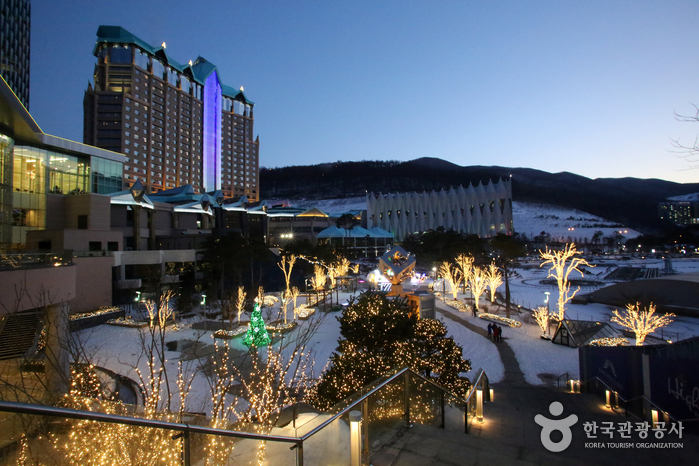
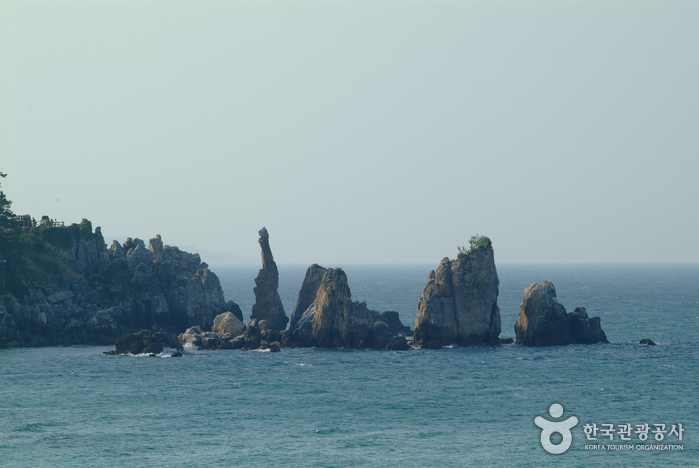
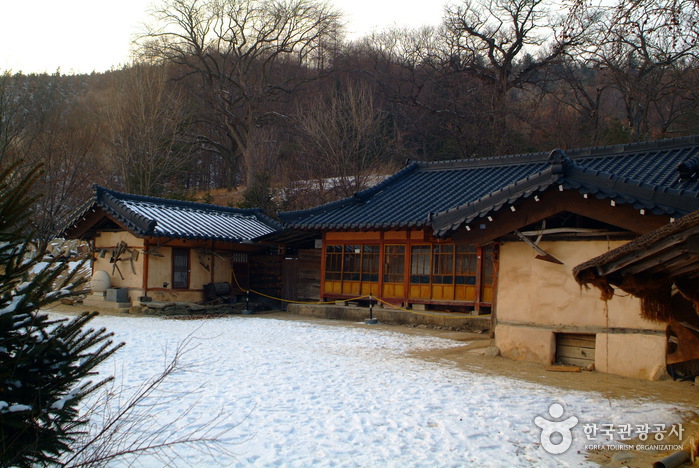
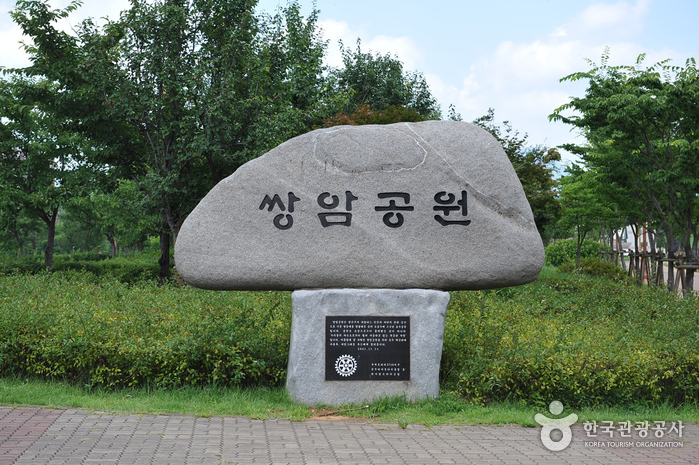
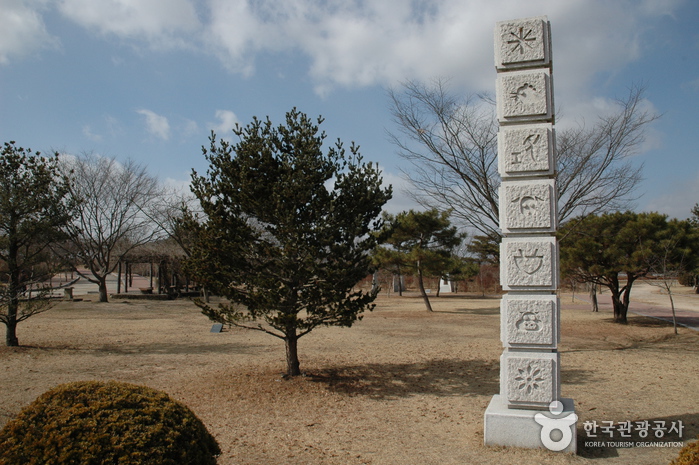
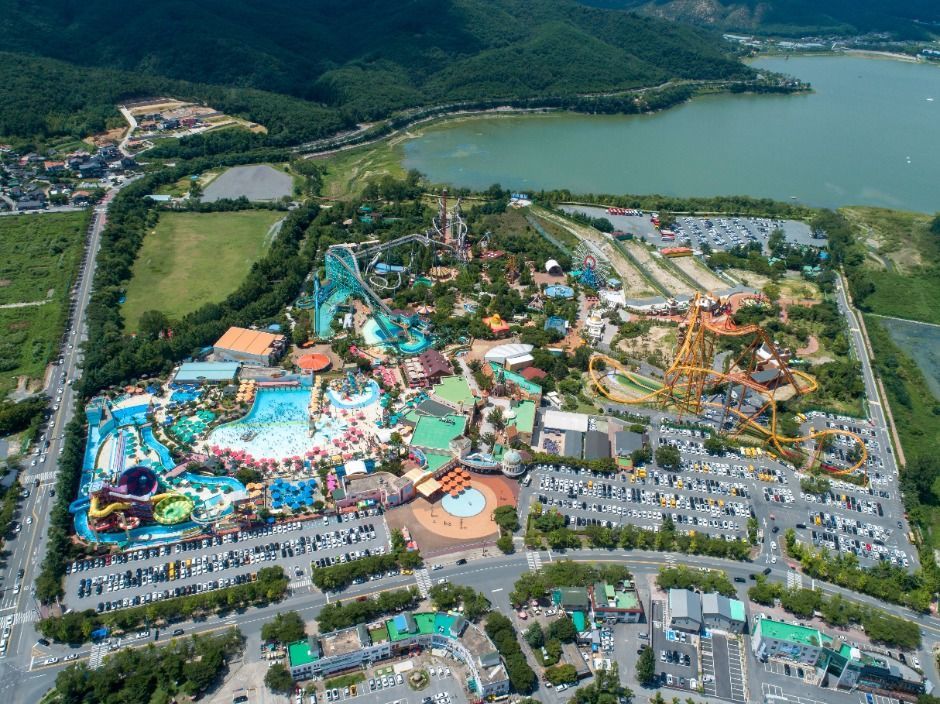

 English
English
 한국어
한국어 日本語
日本語 中文(简体)
中文(简体) Deutsch
Deutsch Français
Français Español
Español Русский
Русский